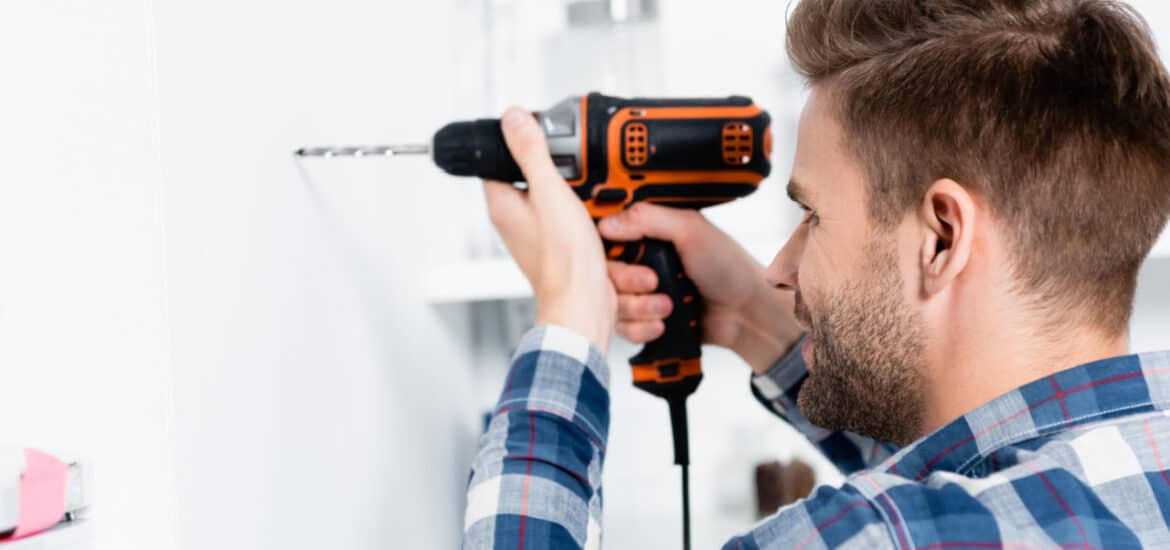Yes, some home reno projects can significantly increase the value of your home, but others may end up costing you more than they’re worth. As a homeowner, knowing where to draw the line between making your home more comfortable and making financially wise decisions is crucial. Sometimes, something that seems like a brilliant idea ends up being a total waste of time and money.
1. Over-the-Top Landscaping

Creating an elaborate gardenscape might seem like a great idea, but it often doesn’t pay off when it’s time to sell. Most buyers look for a yard that’s nice but manageable. Investing in exotic plants, expensive water features, or extensive hardscapes can significantly increase your spending without adding equivalent value to your home.
2. High-End Kitchen Renovations
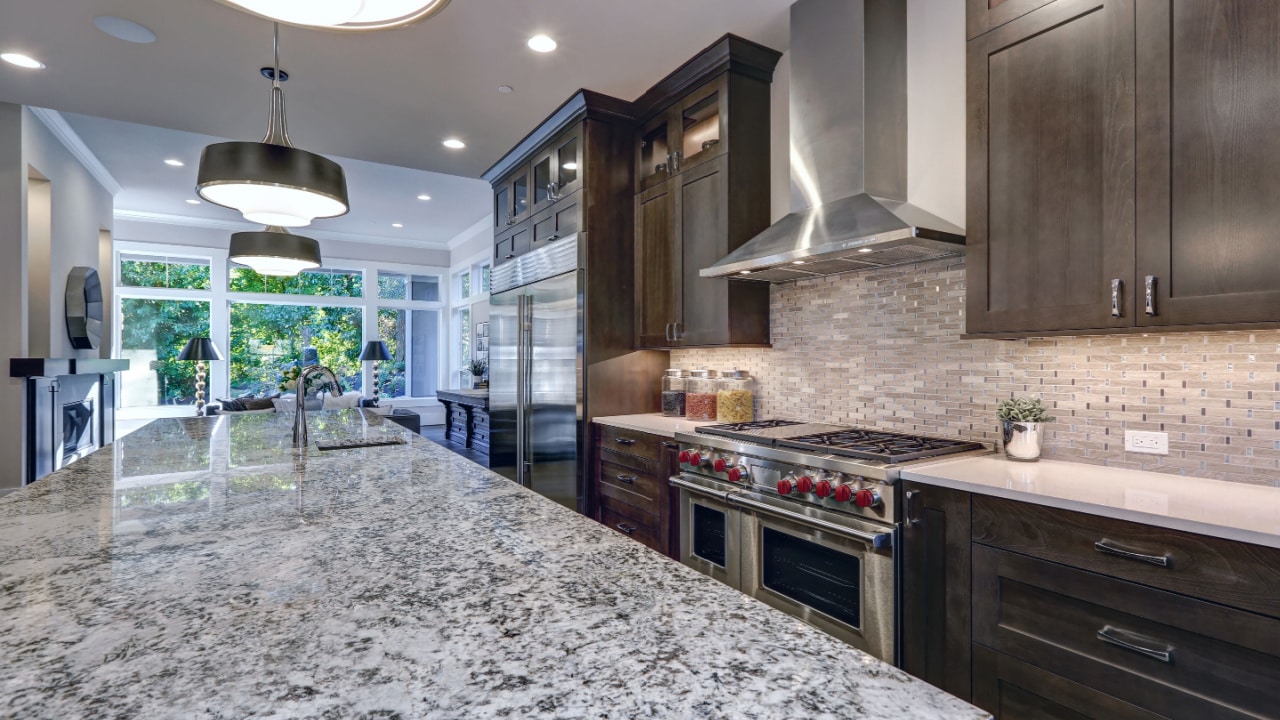
While a modern, functional kitchen is a key selling point, going overboard with expensive upgrades like top-of-the-line appliances, custom cabinetry, or luxury countertops might not yield the return you expect. Many homebuyers won’t pay extra for ultra-high-end amenities, so it’s often smarter to invest in quality, mid-range updates that appeal to a wider audience.
Once I’m in my forever home, I would be very tempted to add beautiful custom amethyst-accented countertops to my kitchen, because that’s completely me and my style, and, although costly, it would make me ridiculously happy every time I walked into my kitchen. But would I spend that kind of money in a place I plan to sell in a few years? Not a chance. It just wouldn’t give me good ROI.
3. Luxury Bathroom Additions
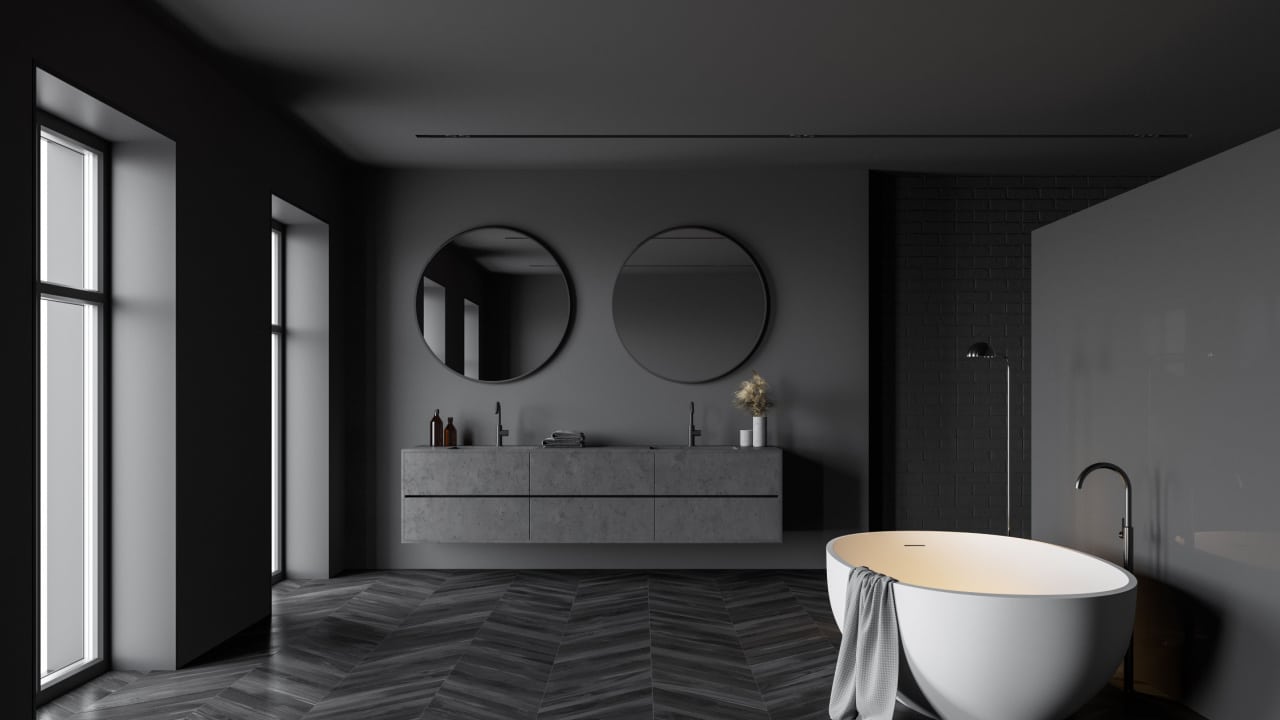
Transforming your bathroom into a spa-like retreat might be your dream, but it’s not always a sound investment. High-end upgrades like steam showers, whirlpool tubs, and expensive tiles can cost a fortune without adding equal value to your home. Consider functional and stylish renovations that improve your bathroom without breaking the bank. If, however, you’re upgrading for yourself, not with a view to selling, then go right ahead and create your luxury spa bathroom.
4. Expensive Flooring Upgrades
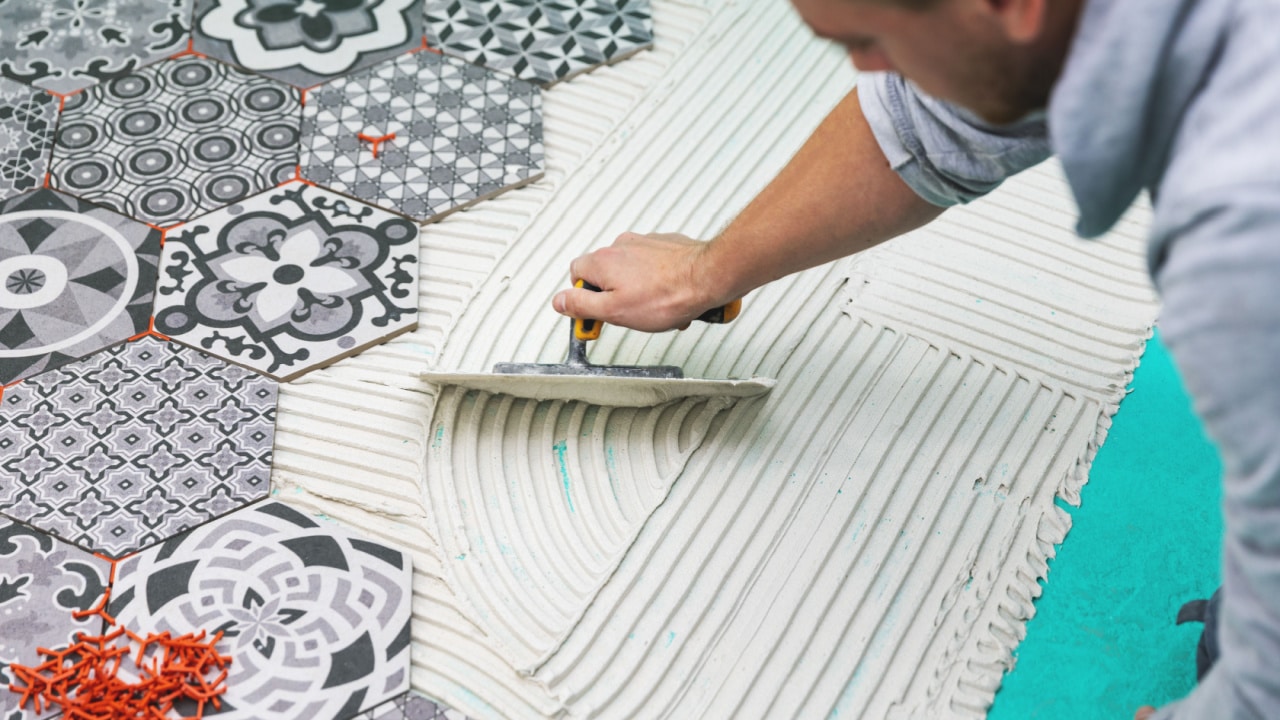
While flooring can impact a home’s aesthetic and value, ultra-expensive options like imported hardwood or high-end tile usually don’t offer a good return on investment. Most buyers are looking for something durable and stylish, but they won’t necessarily pay a premium for luxury flooring. You’re better off going for affordable flooring with a durable finish and a contemporary look.
5. Adding a Pool
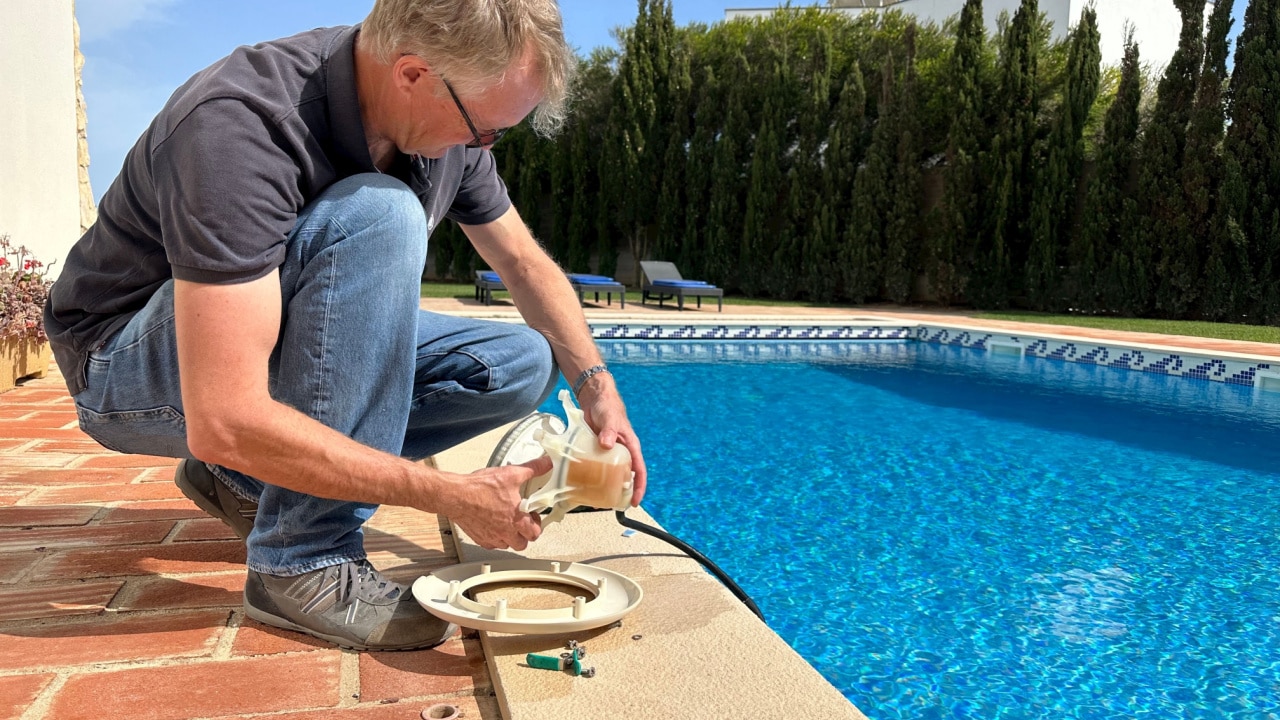
In many areas, adding a pool is more of a personal luxury than a value-adding home improvement. Pools are incredibly expensive to install and maintain, and not all buyers want the responsibility of pool upkeep. In some markets, a pool can even make your home harder to sell.
6. Extensive Customization
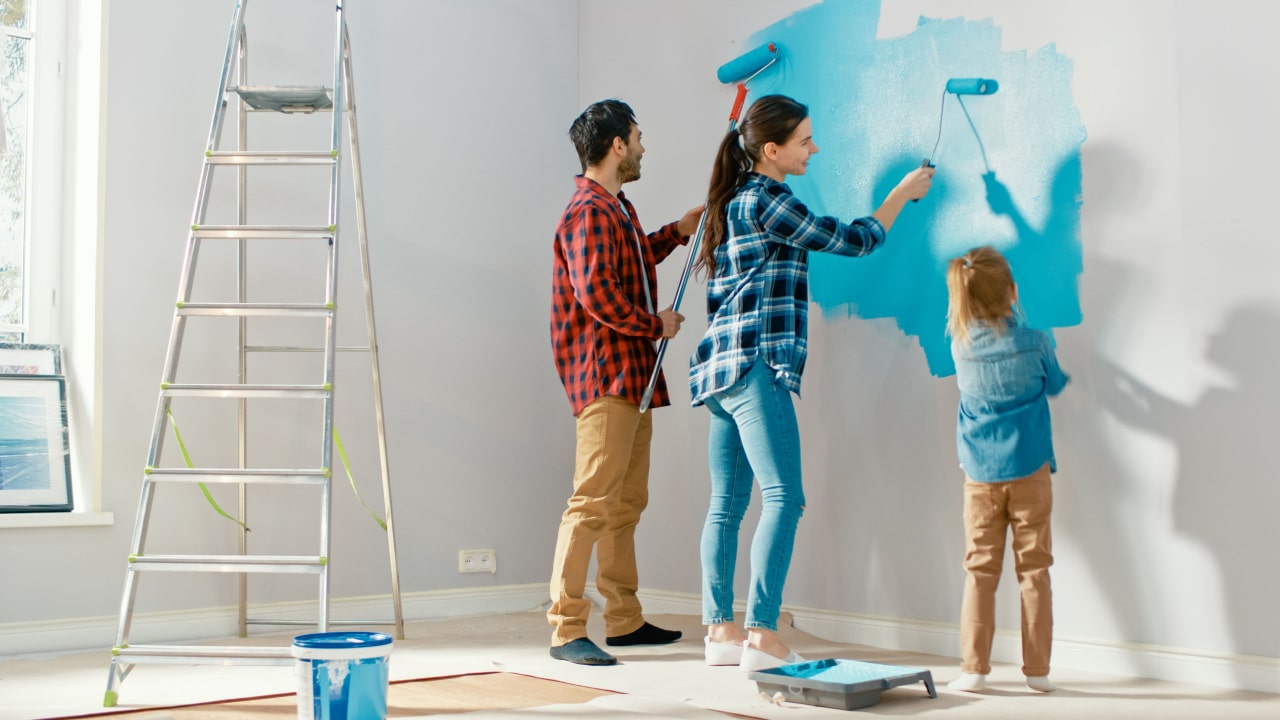
Personalizing your home with unique colors, textures, or wall treatments may reflect your style but can be off-putting to potential buyers. Over-customization can limit your home’s appeal and might necessitate changes before selling. Stick with neutral, widely appealing choices if you plan to sell in the future. Or, at the very least, before you sell, have the house redecorated in neutral tones.
I love bold, eclectic decor because it matches my weird, eclectic personality. But, knowing that there aren’t too many other people who share my taste, I fully plan to de-customize my current property before I sell it.
7. Room Conversions
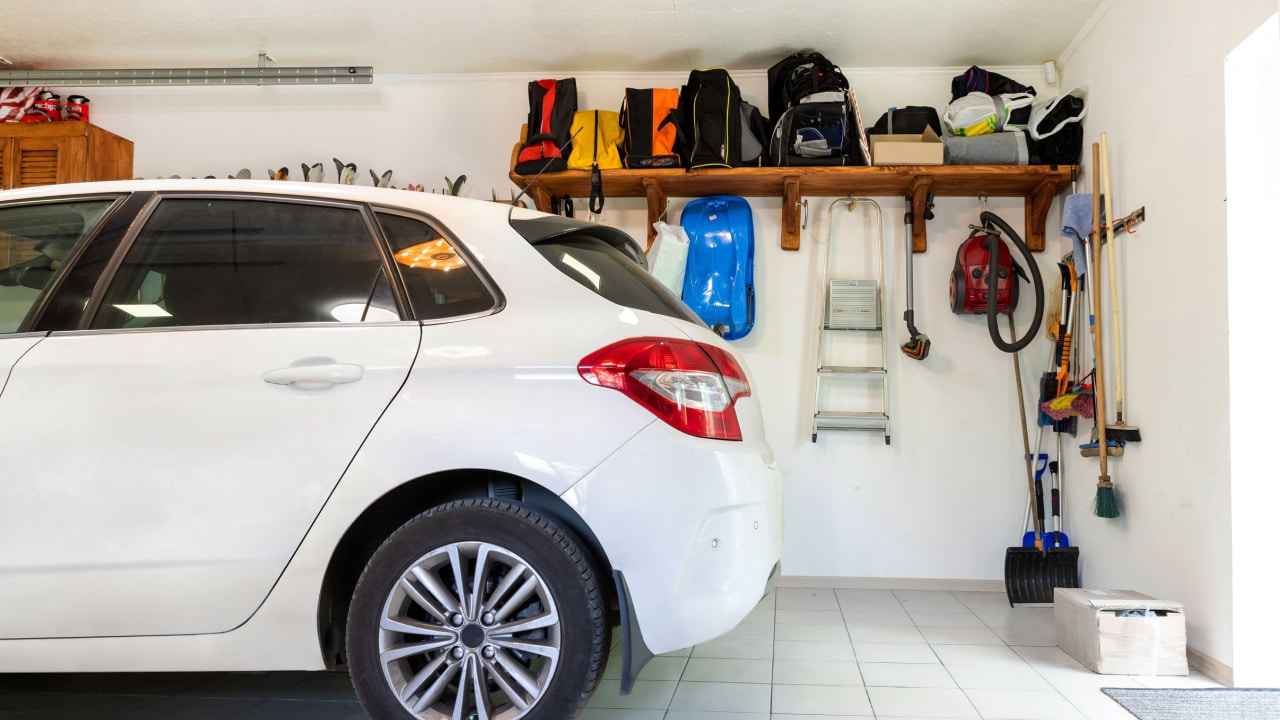
Converting a garage into a living space or a bedroom into a home office might meet your current needs but is often a turnoff for potential buyers who need more traditional spaces. Conversions like this can often decrease rather than increase your home’s value, especially if they reduce the overall functionality or appeal of the home.
8. Solar Panel Installations

While solar panels are environmentally friendly and can reduce energy costs, they’re expensive to install. The return on investment largely depends on your location and how long you plan to stay in your home. In some cases, you might not recoup the upfront costs in the sale price.
9. Excessive Smart Home Upgrades
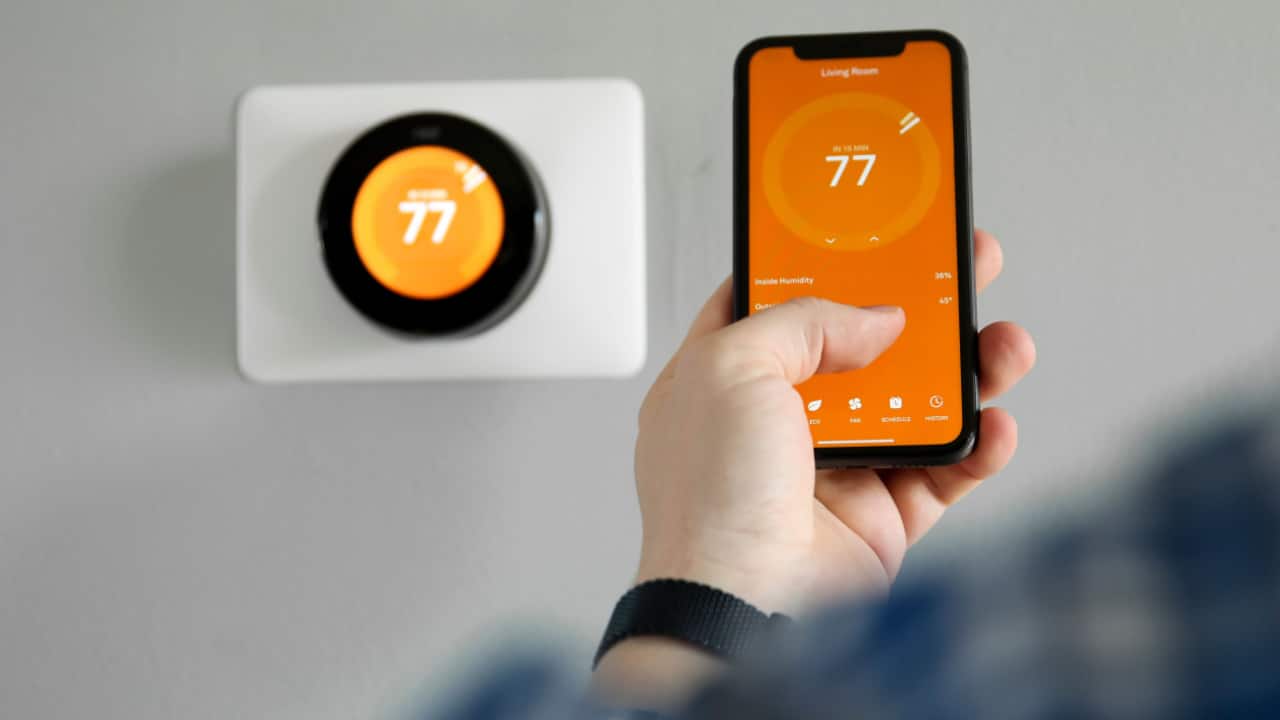
While smart home features are trendy, not all buyers are tech-savvy or interested in paying extra for a fully automated home. High-end smart home systems are expensive to install and don’t appeal to all buyers. Focus on popular and practical smart features that enhance convenience without going overboard.
I, for example, wouldn’t pay extra for a home with smart lighting, smart blinds, and extra-expensive smart appliances. But a smart thermostat and security system are two things I would spend a little extra on.
10. Whimsical Kids’ Room Themes
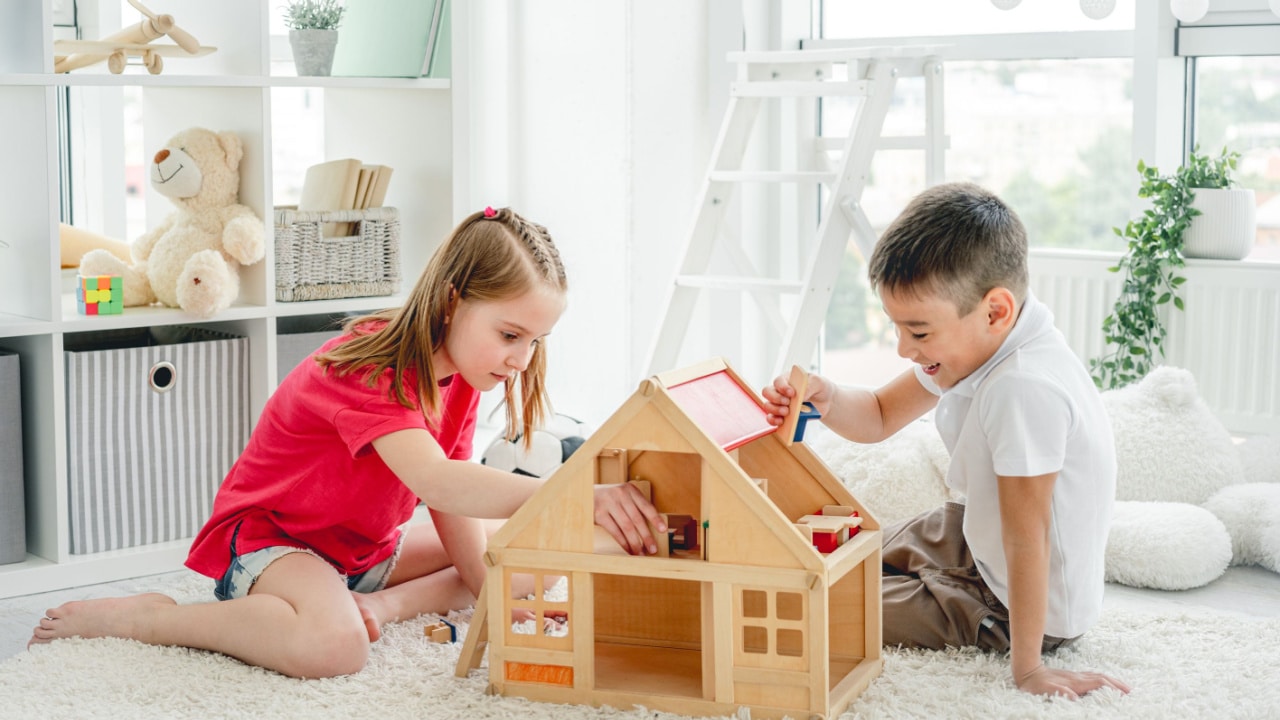
Elaborate and whimsical themes in children’s rooms can be delightful but don’t add value to your home. These highly personalized spaces might require a complete makeover to suit the tastes of potential buyers. So remember, when you’re redecorating a child’s room, you’ll need to neutralize it before you sell.
11. Lavish Light Fixtures
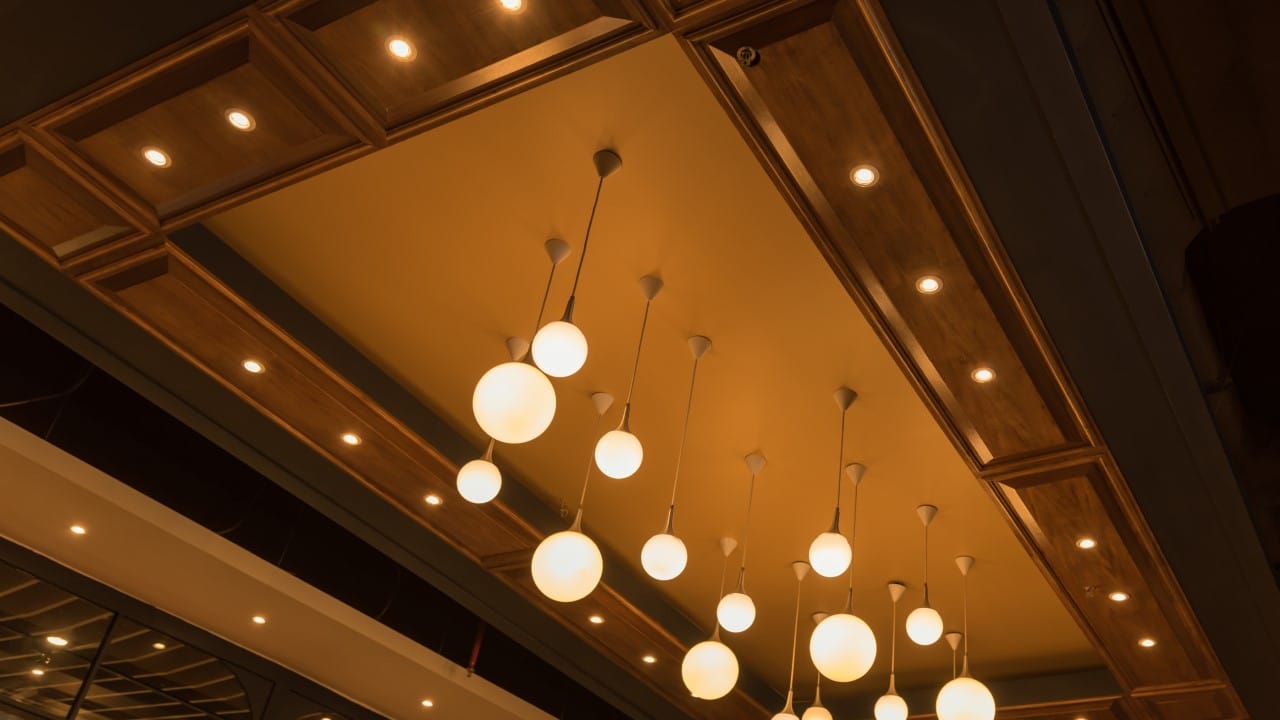
While good lighting is essential, splurging on lavish light fixtures throughout your home isn’t always a sound investment. Ultra-expensive or highly stylized fixtures might not suit the taste of potential buyers and are an unnecessary extravagance. Consider quality, attractive lighting that enhances the space without being overly extravagant.
12. Extensive Tech Wiring

Wiring your home extensively for high-tech connectivity is costly and doesn’t offer a significant return. As wireless technology continues to advance, the need for extensive in-home wiring decreases. Opt for a balanced approach that incorporates current technology trends without extensive and expensive rewiring.
There’s nothing wrong with adding power outlets that also have built-in USB ports, as most of us have devices that charge via USB. Even Ethernet wiring is a potentially good option in a home office. However, tech wiring throughout the property is likely unnecessary and not a significant selling point for most buyers.
13. Specialty Rooms

Creating specialty rooms like a home theater, wine cellar, or gym can seem appealing but might not resonate with all buyers. It takes a lot of upfront investment to create custom rooms, but in most cases, they’ll only appeal to a niche market.
14. Intricate Ceiling Designs
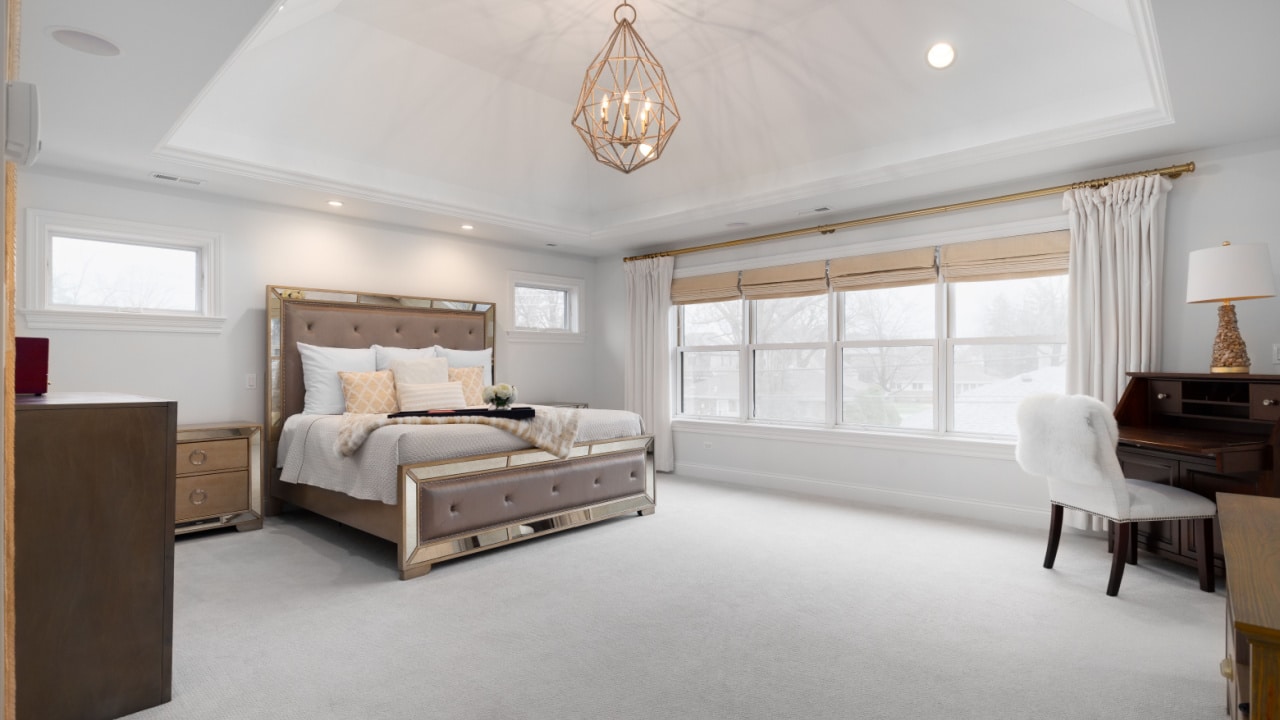
Investing in intricate ceiling designs or finishes like tray or coffered ceilings is visually appealing but doesn’t always lead to a higher home valuation. Most buyers focus on the practical aspects of a home rather than ornate ceiling treatments. Keep it simple and classic to appeal to a wider range of tastes.
15. Elaborate Window Treatments
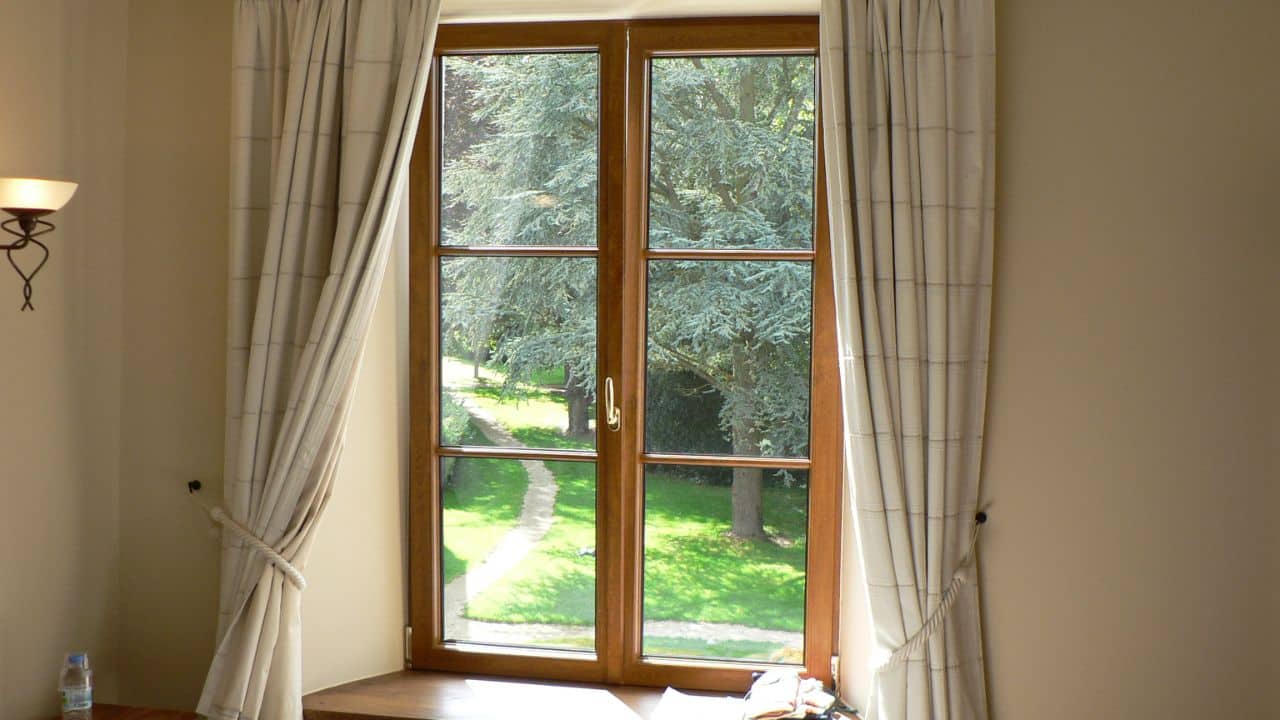
Custom, elaborate window treatments are costly and are a matter of personal taste. Potential buyers might not value these as much as you do and may prefer to customize window treatments to their own preferences.
